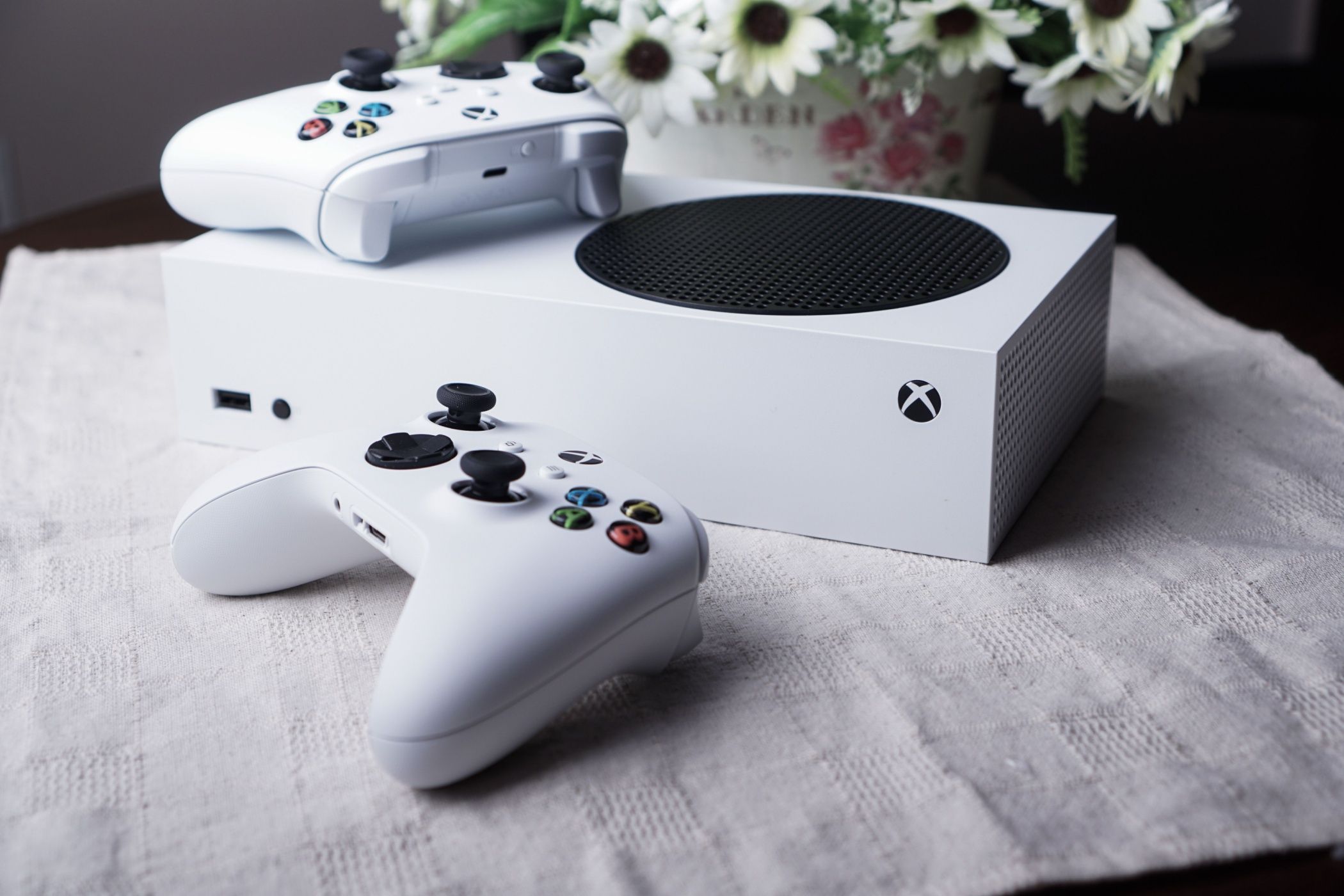The Google Pixel 9a Is the First Pixel I’ve Wanted in Years
Quick Links
-
Goodbye, Camera Bump
-
The Pixel 9a Has a Massive Battery
-
Flagship Build-Quality? Almost
-
The Same CPU and Software, Too
-
I’m a Sucker for Minimalist Designs
While Apple and Samsung are racing to release the thinnest phone, with the Pixel 9a, Google has moved in the opposite direction—giving many of us what we’ve long said we wanted.
Goodbye, Camera Bump
Camera bumps have become an ever-present reality of modern phones. This is the bulge that stips out of the back of your phone, providing camera hardware with extra space while allowing the rest of the phone to be thin. The end result is a phone that can’t rest perfectly flat when placed on a table. Phones with camera bumps off to the side, like Apple and Samsung phones, also wobble if you attempt to use them this way.
The Pixel 9a doesn’t have a camera bump. The camera hardware sits flush against the back of the phone, like we tend to see on tablets with fewer and smaller cameras. Except in the Pixel 9a’s case, the camera capabilities are expected to remain comparable to the Pixel 8a that came before it. That means that while the phone can’t quite take all the same shots as the more premium Pixel 9 and Pixel 9 Pro, it’s remarkably close.

Related
The Pixel 9 Pro Is Proof That Google Is Taking Hardware Seriously
Google’s flagship smartphones offer a truly premium hardware and software experience.
The Pixel 9a Has a Massive Battery
How many of us have said that instead of using advancements in battery tech and software efficiency to release a thin phone, we’d much rather have the same size phone (or even a thicker one) with a larger battery? The Pixel 9a delivers precisely that. While making the phone slightly thicker to do away with the Pixel’s trademark camera visor, Google has also packed into this phone the largest battery to ever ship inside a Pixel. It’s the kind of thing you can do when you aren’t trying to shave off every last millimeter.

Related
A “Slim” Phone Is the Last Thing I Want From Samsung or Apple
There are more important things than how thin a phone is, like battery life.
Yes, the Pixel 9a has a bigger battery than you get on the Pixel 9, the Pixel 9 Pro, and even the Pixel 9 Pro XL. Its 5,100 mAh battery is bigger than those in the Galaxy S25 Ultra and the iPhone 16 Pro Max. That’s not to say it’s the most we’ve seen in a phone. Competitors like the OnePlus 13R have a 6,000mAh battery, a stretch goal most other phones in the US have yet to reach.
Flagship Build-Quality? Almost
The Pixel A series is Google’s cheaper phone line, and you can often tell cost-cutting measures just by picking up one. These phones tend to be made of plastic instead of aluminum and glass. The Pixel 9a doesn’t do away with plastic entirely, but the difference is now more subtle. The outer frame is now metal, with plastic reserved for the back. Some people may actually prefer this over the relative fragility of glass.
The Pixel 9a still has larger bezels, but that’s about the only sacrifice when it comes to the display. Most people will not only be happy with it, but they probably won’t be able to tell the difference.
The Same CPU and Software, Too
I wouldn’t blame you for expecting the Pixel 9a to lack the horsepower of its more premium siblings, but that expectation would be wrong. This phone has the same Tensor G4 chip that powers the Pixel 9 Pro. While this processor may not be as powerful as Qualcomm’s top chips, it’s actually a more competitive buy at the Pixel 9a’s price of $500. After all, most Pixel owners have no issues with the phone not benchmarking as high.
The Pixel 9a also offers the same software experience found on the other Pixels. You get a relatively stock Android interface, paired with an abundance of Google apps and integrations on top. I generally feel most Google software qualifies as bloatware and is why Pixel phones don’t appeal to me personally—but if there’s any device it makes sense for all of these apps to be preinstalled on, it’s a Pixel.
That’s not to say there are no sacrifices. The Pixel 9a has only 8GB of RAM, and is missing a few apps like Pixel Screenshots as a result.

Related
Google’s Pixel 9a Lacks More Features Than You Think
A significant price reduction doesn’t come without downsides.
The difference is even more stark when you drop the Pixel 9a on a wireless charger, thanks to its significantly slower wireless charging speeds. But that’s less an issue in Android land where many of us aren’t yet accustomed to wirelessly charging our phones like our MagSafe-equipped iPhone peers.
I’m a Sucker for Minimalist Designs
The change to the Pixel 9a addresses another longstanding, highly subjective issue I’ve had with Pixels—I don’t like the visor. This is the defining visual feature of Pixel phones, and it’s one I’ve never found particularly attractive. I think the implementation in the Pixel 9 was a tweak for the better, but I appreciate the subtlety of the Pixel 9a even more.
I like minimalist designs. This is part of what I prefer about my Galaxy Z Fold 6 over comparable foldables from Google and OnePlus. I like a flatter phone with fewer design characteristics jutting out to get the attention of either my eyes or my hand. Being sleek is good enough. I’m not looking for flair.

Samsung Galaxy Z Fold 6
$300
The Samsung Galaxy Z Fold 6 is a foldable smartphone that combines the functionality of a tablet with the convenience of a phone. It features a large, flexible internal screen that automatically picks up where you left off on the cover display.
$2020 at Amazon
$1900 at Samsung
Do I plan to buy a Pixel 9a? Can’t. Foldables, and Samsung’s in particular, have changed what I expect from a phone. The Pixel 9a can’t unfold into a larger screen, it doesn’t have a stylus, and I greatly prefer Samsung apps over Google’s.
But my biggest issue, the lack of a desktop mode like Samsung DeX, may just change soon enough now that Google is investing more effort into baking a desktop mode directly into Android.














